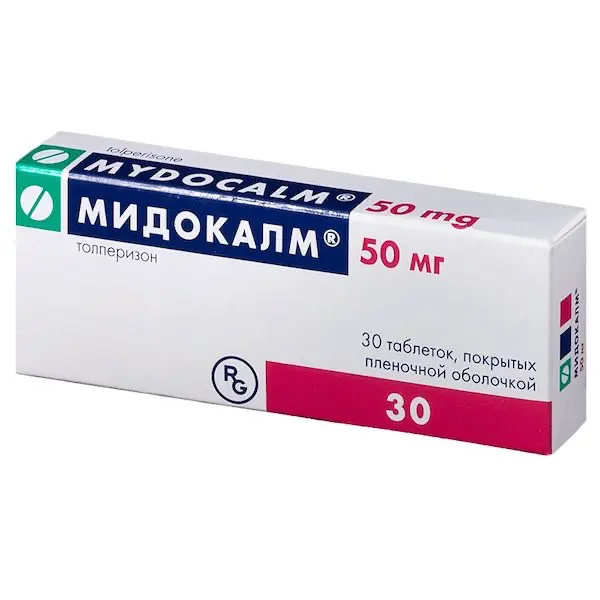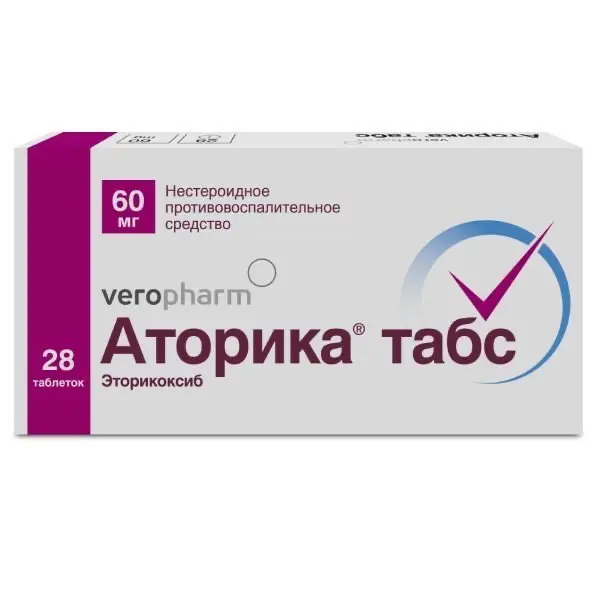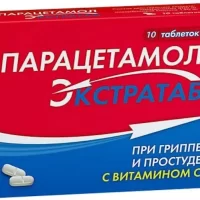Description
Trimedat Pharmacodynamics
Trimebutine, acting on enkephalinergic system of intestine, is a regulator of its peristalsis. Acting on peripheral ?-, ?- and k- receptors, including those located directly on the smooth muscles throughout the gastro-
gastrointestinal (GI) tract, it regulates motility without affecting the central nervous system. Thus, trimebutin restores normal physiologic activity of the GIT muscles (esophagus, stomach, intestines, biliary tract) in various GIT diseases related to motility disorders (it has stimulating effect in hypokinetic states and spasmolytic – in hyperkinetic states).
Normalizing visceral sensitivity, trimebutine provides analgesic effect in abdominal pain syndrome.
Indications
Symptomatic treatment of pain, abdominal cramps and discomfort, bloating (flatulence), bowel motor disorders with a change in stool frequency (diarrhea or constipation), dyspepsia, heartburn, belching, nausea, vomiting, associated with functional diseases of the gastrointestinal tract and biliary tract (non-erosive form of gastroesophageal reflux disease, gallstone disease, biliary tract dysfunction, irritable bowel syndrome, sphincter Oddi dysfunction, post-cholecystectomy syndrome).
Postoperative paralytic ileus.
Contraindications .
Hypersensitivity to the components that make up the drug.
Sucrose/isomaltase deficiency, fructose intolerance, glucose-galactose malabsorption.
Childhood age less than 3 years.
Pregnancy.
Caution.
Caution must be exercised in patients with diabetes mellitus because of the presence of sucrose in the drug (see sect. “Caution”).
The drug should be used with caution during breastfeeding, because there is no data on its ability to penetrate into the breast milk.
Administration during pregnancy and breast-feeding
No data on teratogenicity and embryo-toxicity of trimebutine have been found in experimental studies. Nevertheless, due to the lack of necessary clinical data, its use during pregnancy is contraindicated.
It is not recommended to prescribe the drug during lactation due to the lack of reliable clinical data confirming the safety of use during this period. If it is necessary to apply the drug during breast-feeding, breast-feeding should be stopped.
Dosage and administration method
- Orally.
- Before using the powder for the suspension should be diluted with drinking water at room temperature to the risk on the bottle, shaken thoroughly to get a homogeneous suspension, again add drinking water at room temperature to the risk. Before each administration of the drug the contents of the bottle should be shaken thoroughly until a homogeneous suspension is obtained.
- Required dose is measured with measuring cup included in the package, which has special divisions with the price corresponding to the amount of the drug in milligrams (from 25 mg to 100 mg). After use the measuring cup is washed under running water, dried and stored together with the vial.
- Adults and children from 12 years of age: 100-200 mg 3 times a day.
- Children of 5-12 years of age: 50 mg 3 times a day.
- Children of 3 to 5 years of age: 25 mg 3 times a day.
- To prevent relapse of irritable bowel syndrome after the course of treatment (4 weeks) during remission, it is recommended to continue taking the drug in a dose of 300 mg per day for 12 weeks.





